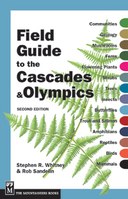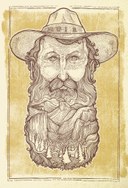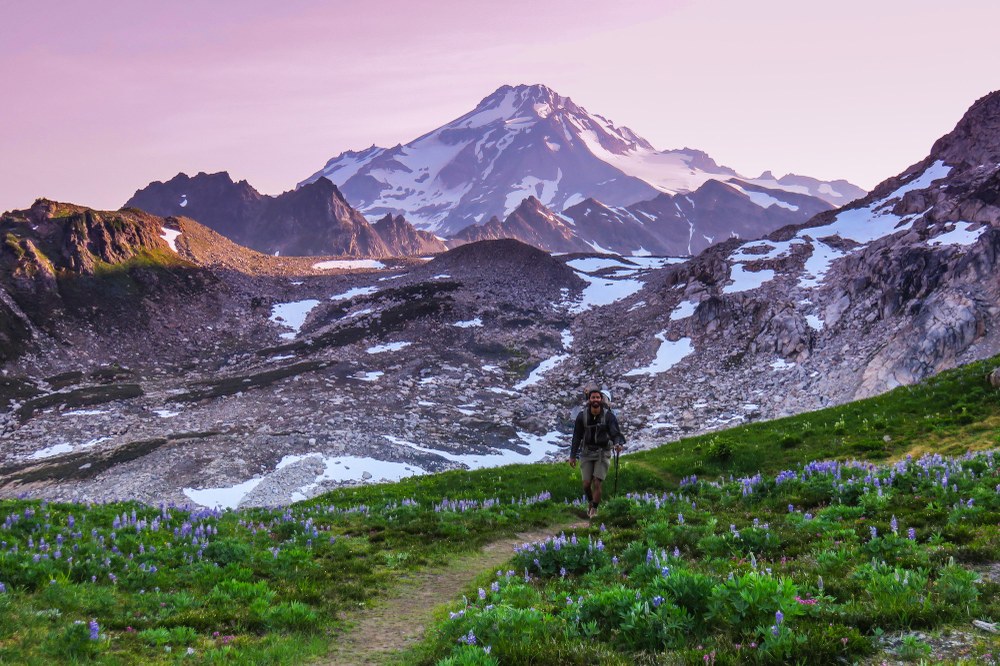
Nature journals are often recommended as a great way to get in touch with the outdoors and become more intentional with your time outside. Which begs the question: what is a nature journal, and how do you start one?
While a nature journal can be anything you’d like, most people use it as a place to record their thoughts, experiences, and desires outdoors. Journaling helps us process information in an organized way, and requires more engagement than simply experiencing something. It’s a similar concept to writing notes in a class: you have a higher likelihood of remembering things you write down, and doing so gives you a resource to return to when you want a refresher.
Like many other types of journaling, nature journals are a great tool for introspection and self-discovery. Tuning in to your body, mind, and emotions when you spend time outdoors can help you understand how and why you respond to certain stimuli.
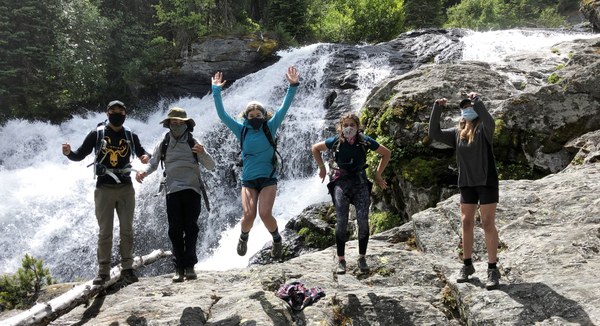 MAC members hiking Chatter Creek Trail. Photo by Katy Snyder.
MAC members hiking Chatter Creek Trail. Photo by Katy Snyder.
tips to kick-start your new Journaling habit
Make goals
Whether you’re a hiker, birder, or neighborhood walker, you likely have a goal or two for your time outside. Do you want to go for a stroll at least three times a week or learn five new birds a month? Write down your personal goals, why they’re important to you, and how you plan to accomplish them. Getting things on paper increases accountability and improves your chances of making your goals a reality.
record accomplishments
Journals are also a great place to record what you’ve already done. It will not only offer encouragement for what’s to come, but let you look back on your experiences in a more comprehensive way. It’s easy for our lives to become a blur, and writing down what trips you took and what they were like is a great way to create a personal memory album. Plus, it’s great beta the next time you want to go!
Recording accomplishments and how your body and mind felt that day is a wonderful tool to develop a better understanding of your performance. A climb or a ski run can feel very different from one week to the next, and recording our experiences allows us to track the many influencing factors in how our bodies responded that day. It may just be that you learn a trick or two to treat yourself a little better and improve performance.
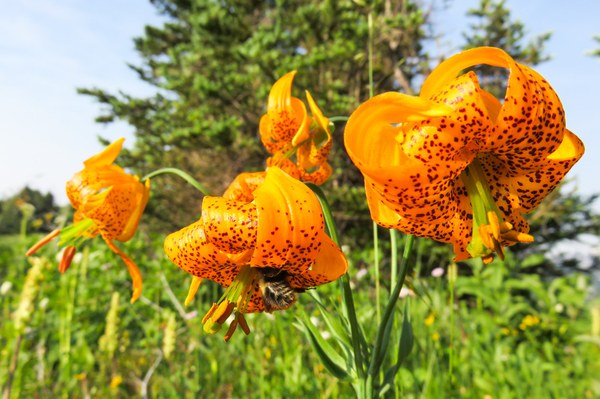 Photo by Ida Vincent.
Photo by Ida Vincent.
smell the roses
Taking time to enjoy what’s around you is one of the biggest benefits a nature journal can offer. Record your environment and how it affects you as a way to engage with the outdoors and savor your experiences. Think about what color the water is that day, how the wind feels on your skin, or what scents can you identify in the air. These are things we might be aware of, but don’t often take the time to think about.
A hyper-awareness of our environment is a great way to develop your naturalist skills as well. Take note of the plants and their petal count or leaf structure. Count the number of squirrels or crows you spot that day. Bring a plant or animal identification guide along and see if you can figure out what you’re spying on your trip. Mountaineers Books publication Field Guide to the Cascades and Olympics is a great place to start.
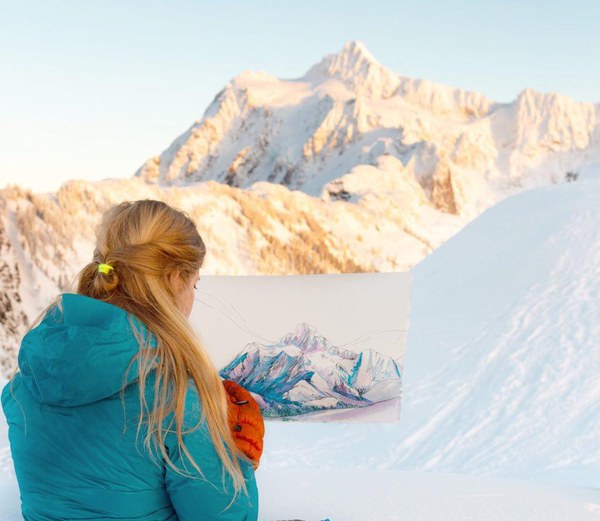 Nikki Frumkin painting in the North Cascades. Photo by Shawn Murphy.
Nikki Frumkin painting in the North Cascades. Photo by Shawn Murphy.
Try watercolor
A picture’s worth a thousand words – so why not make your own? Using a pen or simple watercolor kit to illustrate a scene in your journal is a wonderful way to slow down in nature and really take in the scenery. Focus on the light, the colors, and what draws your eyes in. Don’t be afraid to get messy, either! Treat your miniature painting as an exercise rather than an activity with a measured goal or standard. You’re there to interact with nature, not copy it.
To get some inspiration for your outdoor art, check out our interview with local artist and Mountaineer Nikki Frumkin on how she creates her remarkable, giant watercolor paintings on backcountry trips.
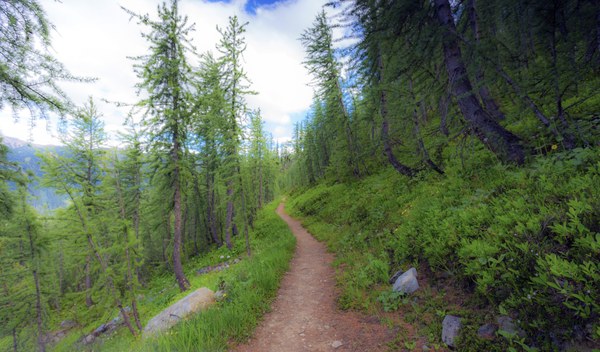 Photo by Tim Nair.
Photo by Tim Nair.
Treat it like wellness journal
How does being outside make you feel? What emotions are you experiencing that day? Are you cold, joyful, tired, or dealing with wet socks? Journaling is a great way to slow down and understand ourselves better, and all the stresses in our daily lives don’t come to a halt when we go for a hike. Your nature journal doesn’t have to be strictly focused on your experiences outdoors, and in fact incorporating other elements of your life into it will make it a more well-rounded and useful tool for self-reflection. We all bring something different to the trail each time – allow yourself to write down what was filling your thoughts while you were active, even if it appears to have nothing to do with your time outside.
Looking for a notebook? Take a look at this John Muir-themed illustrated journal by artist and Mountaineers Books author Jeremy Collins, sure to be the perfect canvas for your new nature journal.
 The Mountaineers
The Mountaineers
